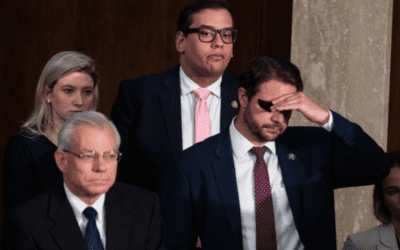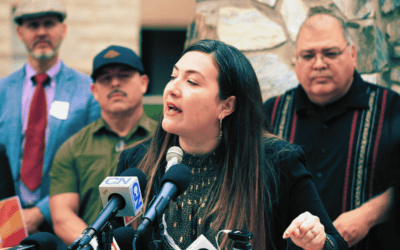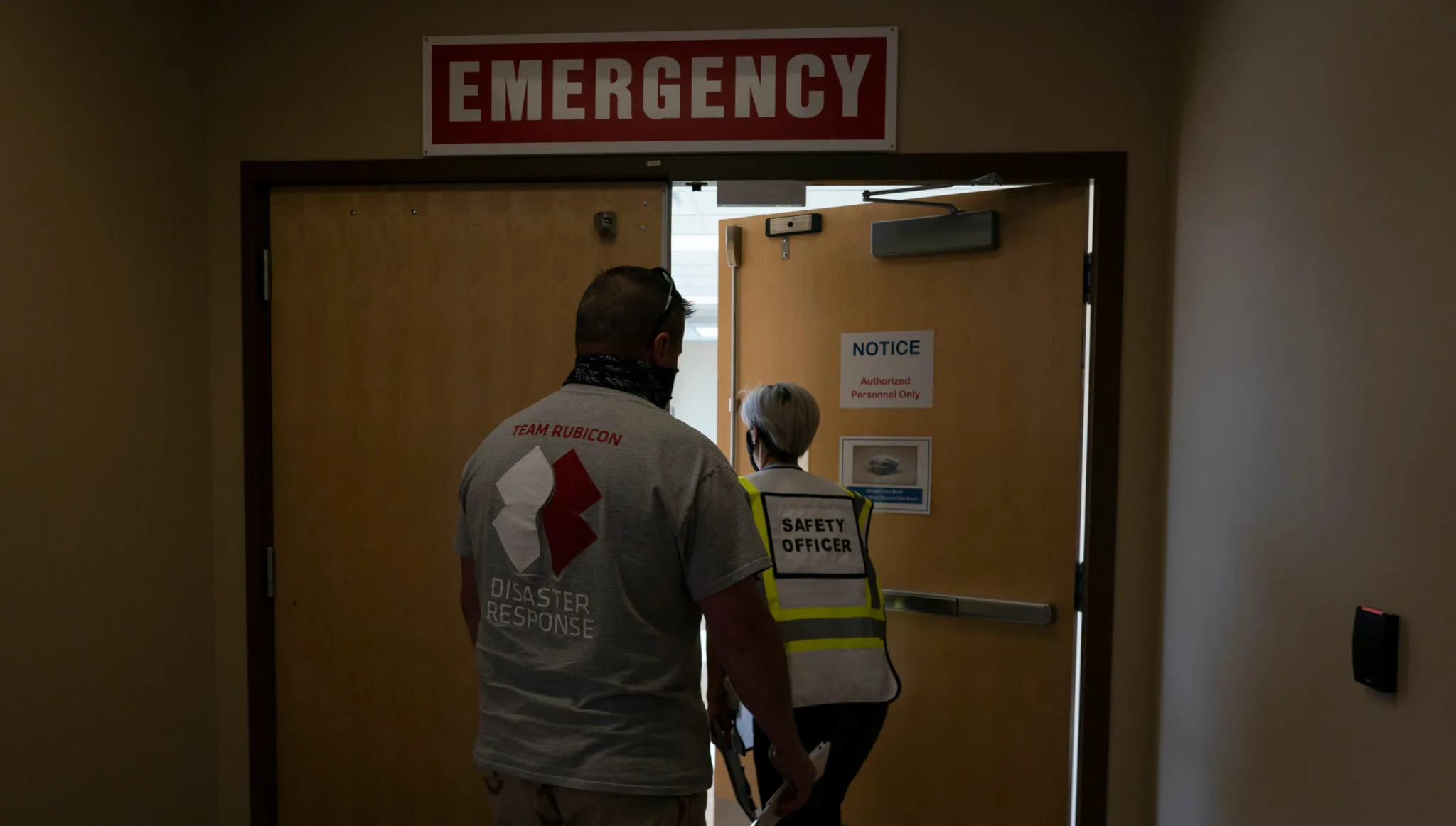
Photo by Carolyn Kaster, Associated Press
More than 160,000 Arizonans have signed up for Medicaid since coronavirus-related shutdowns began in March.
The number of people on Arizona’s Medicaid rolls topped 2 million this summer, after a five-month surge in enrollment that coincided with COVID-19’s hit to the state’s health and its economy.
Almost 1.88 million people were covered by the Arizona Health Care Cost Containment System – the state’s Medicaid program – on March 1, the month coronavirus-related shutdowns started to take effect. By July 1, the number had topped 2 million and by Aug. 1 enrollment stood at 2,041,990, an increase of 8.7%.
The surge follows skyrocketing unemployment in the state, as COVID-19 shutdowns have shuttered industries. Arizona’s unemployment rate in June was estimated at 10% by the Bureau of Labor Statistics, down sharply from a high of 13.4% in April but still more than twice the 4.5% in February.
For many, like Tempe resident Cindy Andrews, the loss of a job has led to a loss of health insurance.
Andrews lost her job as a physical therapist in March and bought COBRA coverage, which lets workers continue on their health plan for a limited time at a hefty price. When she learned she had cancer, it helped pay for her surgery and radiation, but she dropped it soon thereafter because of the cost.
For Andrews, it has been a stressful experience.
RELATED: Lawmakers Weigh in on Extending Unemployment Benefits
“I was emailing, calling DES’s office, it had been eight weeks before I heard from anybody. I couldn’t talk to anybody and that is what was frustrating,” she said.
Morgan Tucker, state director for Arizona Protect Our Care, said COBRA was designed as a temporary safeguard for people who lost jobs, not as a permanent solution. That may be part of the reason why more than one Arizonan in four is now on Medicaid, she said.
Experts said the surge in Medicaid applications has not been as bad as they feared in the face of an ongoing pandemic – but they also warn that that could change in an instant.
“Things could change at any moment,” said Alan Gjersvig, director of outreach and enrollment services for the Arizona Alliance for Community Health Centers.
AHCCCS spokeswoman Heidi Capriotti agreed the state has not seen the numbers it had expected from the pandemic.
One possible reason for the increase is the availability of federal funding through the Families First Coronavirus Response Act. That bill increased the Federal Medical Assistance Percentage – the federal matching rate for Medicaid – to 6.2% in an effort to help states enroll more people. It also prohibited states from dropping anyone from Medicaid.
With no one leaving the program, it’s not surprising the numbers have grown, but Capriotti adds that it is, “Hard to foresee the future, if numbers will increase or decrease.”
RELATED: Peoria Man Has Now Been Suffering From COVID-19 Symptoms for Over 4 Months
Medicaid enrollment in Arizona had been declining for four straight months, from October to February, before beginning to turn around in March. Since then, enrollment has surged across the state.
Maricopa County accounted for 104,382 of the 163,030 new enrollees, as its enrollment grew 9.5% from March to August, while Pima County rose 8.3%, adding 23,509 new recipients.
Greenlee County saw the smallest actual growth, with just 154 new enrollees, but that represented an increase of just under 10%, highest in the state. Apache and La Paz counties has the slowest growth rates, at 3.8% each.
Tucker said the FMAP increase in the Families First bill was a good first step, but she said Congress needs to approve another proposed increase of 5.8 percentage points, that would boost the federal contribution to 12% through at least Sept. 30, 2021.
The increase has the support of scores of health organizations and state and local government associations, who sent a letter to congressional leaders urging its passage. Without that help, Tucker said, someone without a job could be forced to choose between health care coverage and their next meal.
“Things could get really ugly,” she said.
Continue Reading: COVID-19 Treatment Is Expensive. Under Biden’s Plan, Patients Wouldn’t Have to Pay for It.

He said what? 10 things to know about RFK Jr.
The Kennedy family has long been considered “Democratic royalty.” But Robert F. Kennedy, Jr.—son of Robert F. Kennedy, who was assassinated while...

Here’s everything you need to know about this month’s Mercury retrograde
Does everything in your life feel a little more chaotic than usual? Or do you feel like misunderstandings are cropping up more frequently than they...
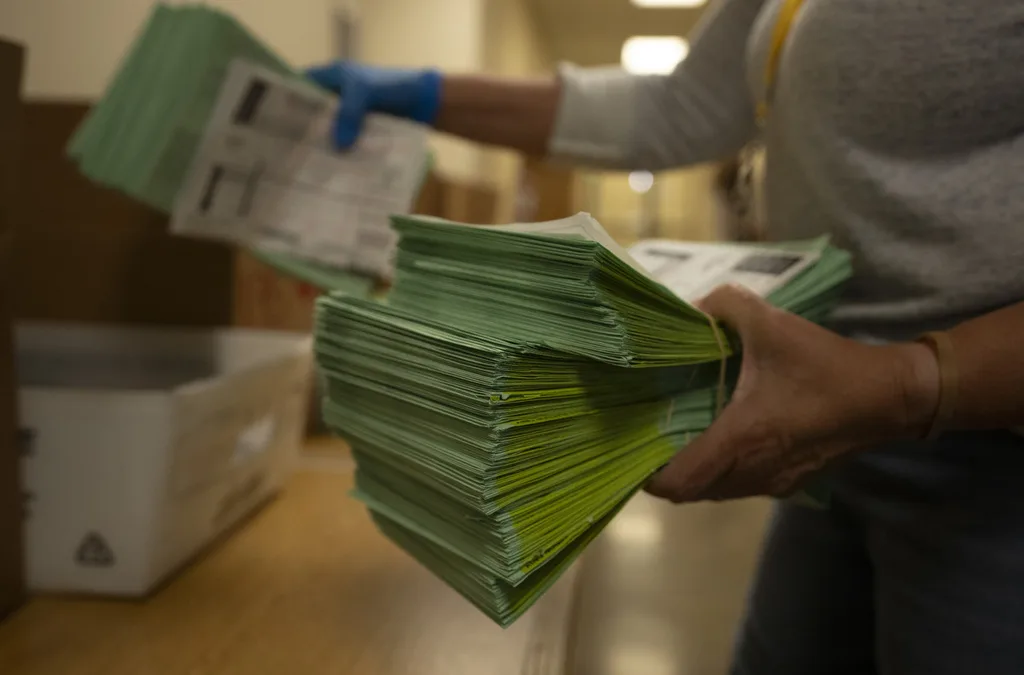
Arizona expects to be back at the center of election attacks. Its officials are going on offense
Republican Richer and Democrat Fontes are taking more aggressive steps than ever to rebuild trust with voters, knock down disinformation, and...
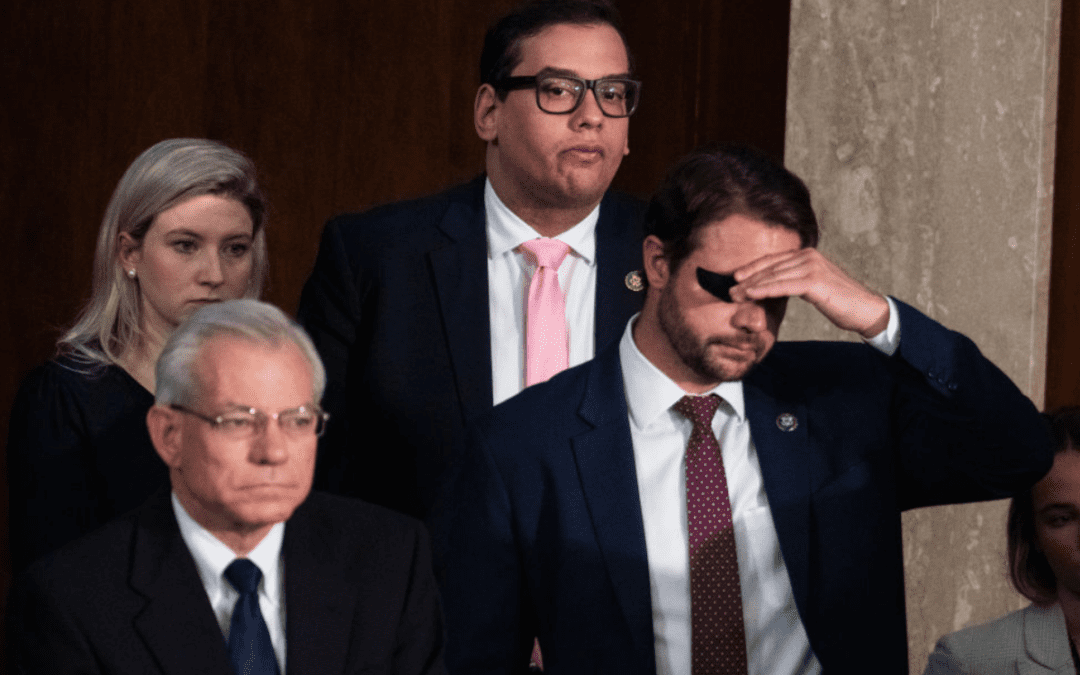
George Santos’ former treasurer running attack ads in Arizona with Dem-sounding PAC name
An unregistered, Republican-run political action committee from Texas with a deceptively Democratic name and ties to disgraced US Rep. George Santos...


